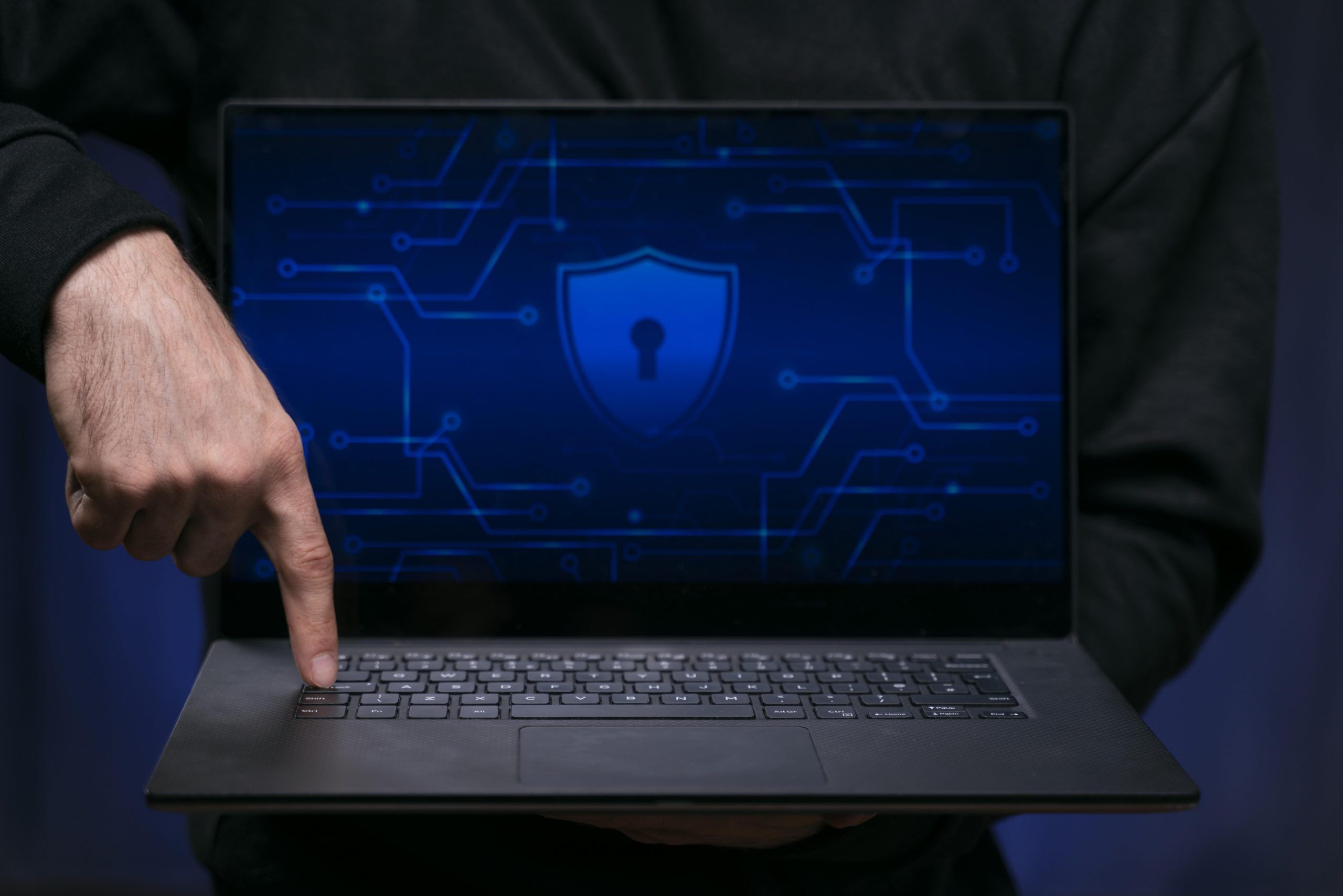In the ever-evolving landscape of cybersecurity, staying ahead of potential threats has become paramount. Penetration testing stands as a cornerstone in fortifying digital defenses. However, the question remains: how frequently should this vital process be conducted to ensure comprehensive security?
Understanding the Significance:
Penetration testing, often referred to as pen testing, involves simulated cyber attacks to evaluate the security of an IT infrastructure. Its significance lies in identifying vulnerabilities before malicious actors exploit them. By mimicking real-world attack scenarios, organisations can uncover weaknesses in their systems, applications, or networks, enabling proactive measures to mitigate risks.
Methods of Penetration Testing:
There exist various methodologies for conducting penetration tests, each tailored to address specific aspects of security. These include network penetration testing, web application testing, social engineering tests, and more. Through these diverse approaches, testers simulate attack scenarios, aiming to breach defenses and expose potential weaknesses.
Impact on Cybersecurity:
The impact of penetration testing resonates deeply within cybersecurity frameworks. It not only reveals vulnerabilities but also empowers organisations to rectify issues promptly, enhancing their overall security posture. By addressing weaknesses uncovered during tests, companies can preemptively safeguard sensitive data, maintain customer trust, and avoid potentially catastrophic cyber incidents.
Determining the Frequency:
The frequency of conducting penetration tests hinges on several factors. These include the industry, regulatory requirements, the rate of technological changes, and the organisation’s risk tolerance. High-risk sectors like finance or healthcare may warrant more frequent tests, while other industries may opt for periodic assessments aligned with their risk profiles.
Conclusion:
In the labyrinth of cybersecurity, the proactive practice of penetration testing stands as a beacon of defense. Its impact resonates in the fortification of digital realms against insidious threats. While determining the optimal frequency may vary across industries and contexts, the essence remains constant: regular and systematic testing is imperative to stay a step ahead in the ever-evolving cyber warfare. Embracing this rhythm ensures robust protection, bolstering the resilience of organisations against looming threats in the digital landscape.

